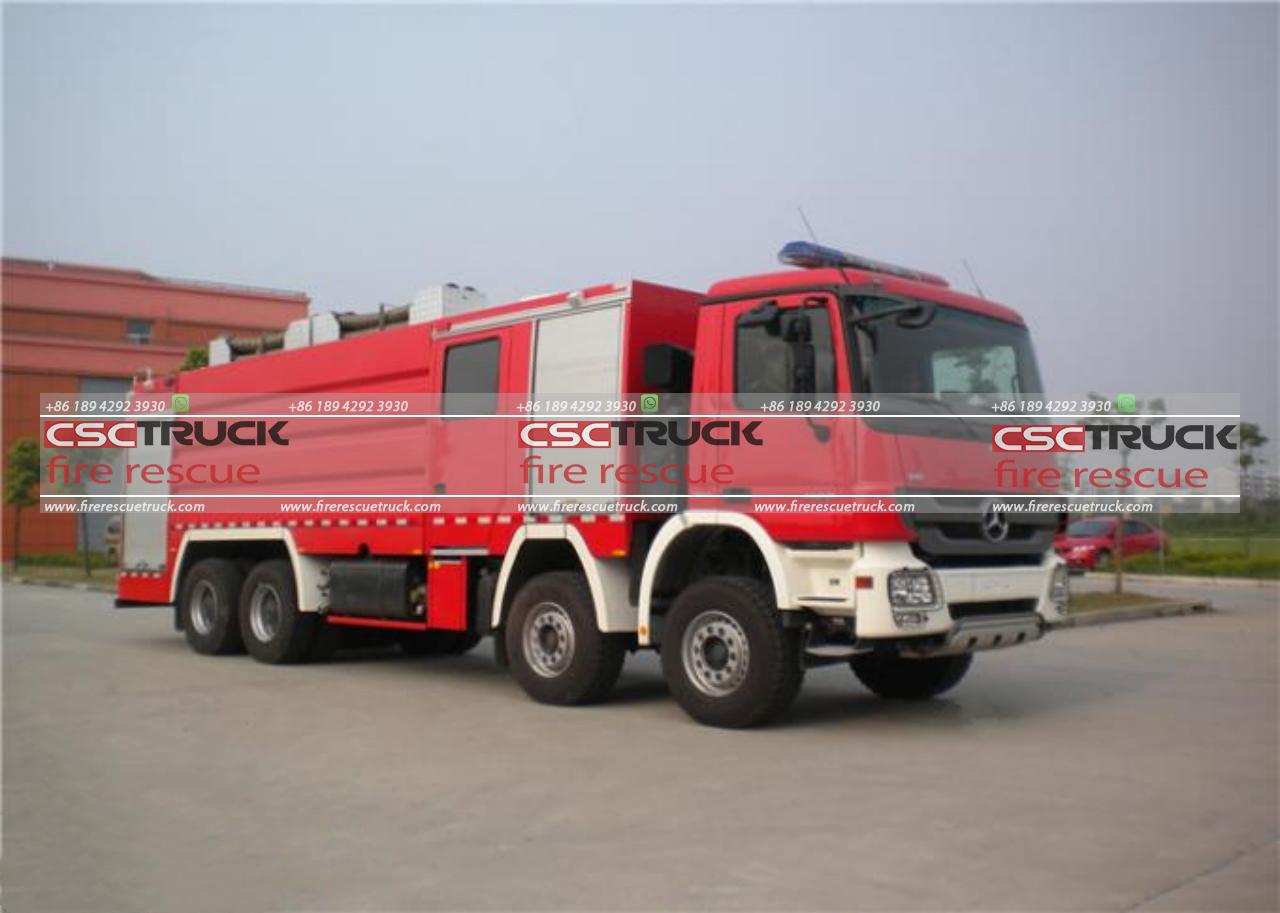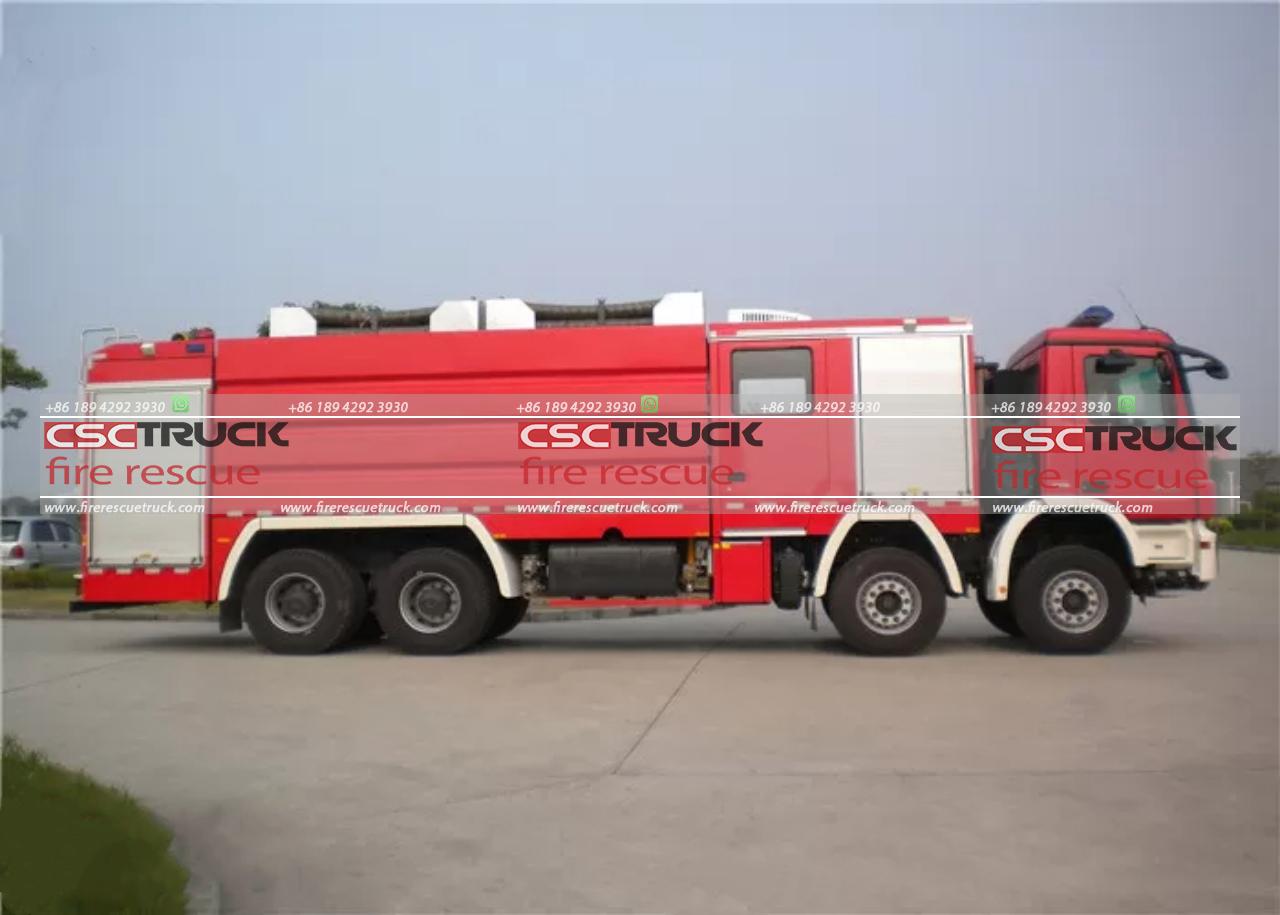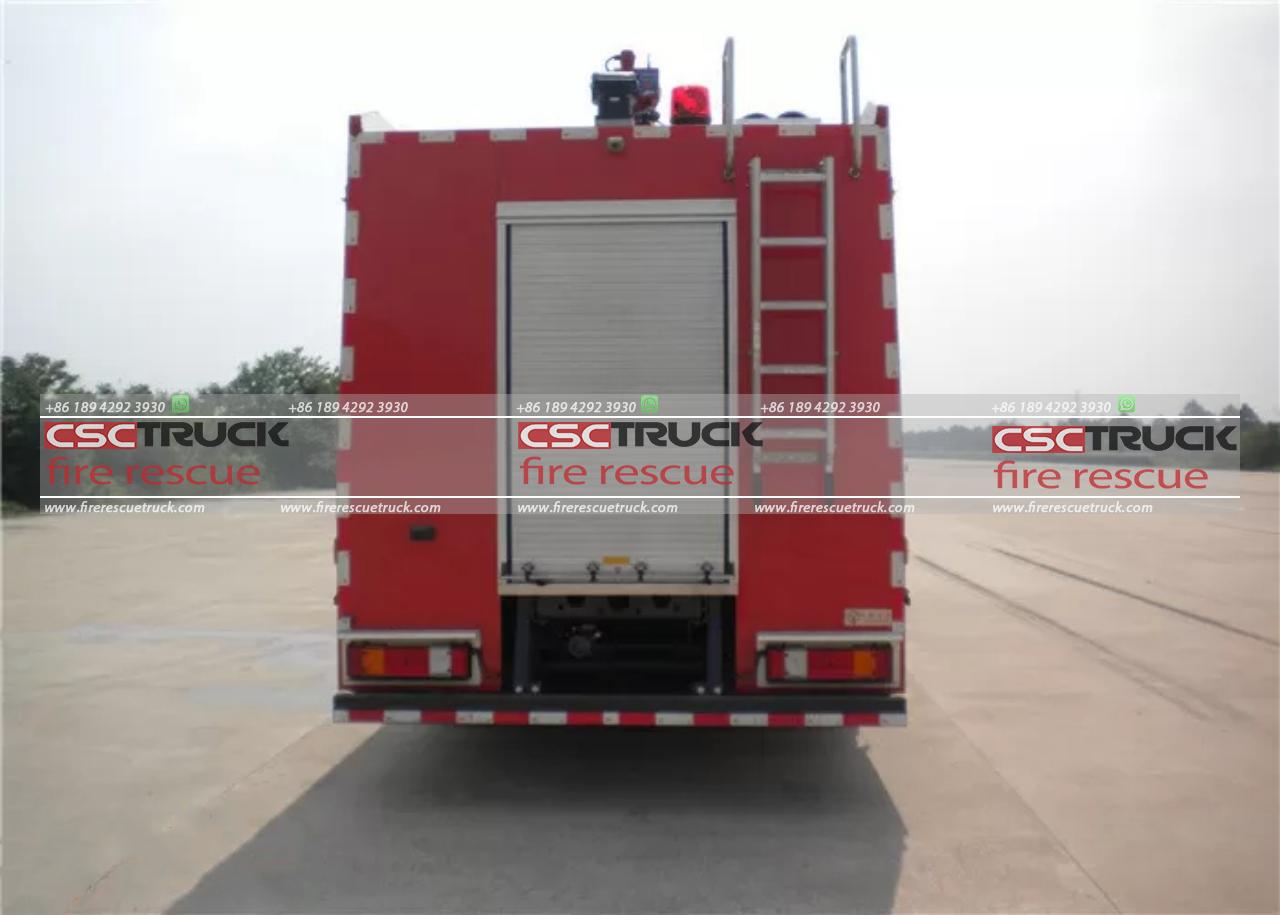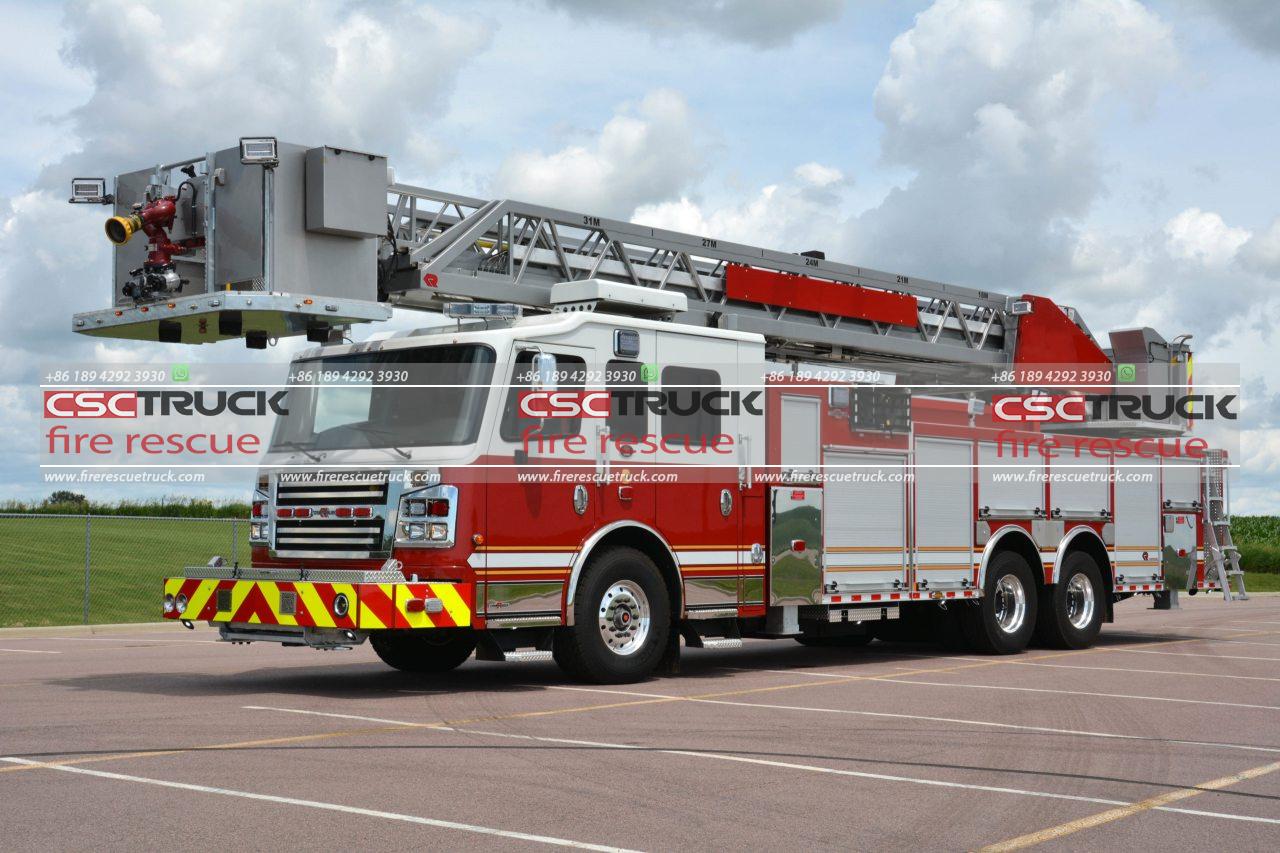In the realm of firefighting, innovation is not just a luxury but a necessity. With the constant evolution of technology and the growing challenges posed by modern fires, fire departments worldwide are continually seeking new solutions to enhance their capabilities. Among the most crucial assets in their arsenal are fire trucks, and in recent years, a revolution has been brewing in the form of the pumper fire truck.
Gone are the days when fire trucks were simple vehicles equipped with hoses and water tanks. Today’s pumper fire trucks represent a convergence of cutting-edge technology, engineering prowess, and a deep understanding of firefighting dynamics. These machines are not just vehicles; they are sophisticated firefighting platforms designed to tackle a wide range of emergencies efficiently.
At the heart of the pumper fire truck revolution lies innovation in several key areas. Firstly, there’s the integration of advanced pumping systems. Traditionally, fire trucks relied on manual or mechanically operated pumps to deliver water. However, modern pumper trucks feature high-capacity, electronically controlled pumps capable of delivering water at precisely controlled pressures and flow rates. This advancement allows firefighters to adjust water output on the fly, optimizing their firefighting efforts according to the specific demands of the situation.

Moreover, pumper fire trucks now boast enhanced water delivery mechanisms. From adjustable nozzles that can produce various spray patterns to telescoping boom systems capable of reaching elevated structures, these trucks offer unprecedented versatility in delivering water precisely where it’s needed most. Whether combating a raging inferno or conducting intricate rescue operations, firefighters can rely on the precise water delivery capabilities of modern pumper trucks to get the job done safely and effectively.
Another area of innovation lies in the integration of advanced firefighting agents and technology. Modern pumper fire trucks often come equipped with onboard foam systems that allow firefighters to deploy fire-suppressing foam directly from the vehicle. This foam is particularly effective in smothering flammable liquid fires, offering firefighters an additional tool to combat complex fire scenarios.
Furthermore, pumper trucks are increasingly incorporating state-of-the-art monitoring and communication systems. From thermal imaging cameras that provide real-time visibility in smoke-filled environments to integrated command centers that enable seamless coordination between firefighters on the ground and incident commanders, these trucks serve as mobile hubs of information and control on the fireground. This level of connectivity and situational awareness empowers firefighters to make informed decisions swiftly, enhancing both safety and operational efficiency.

In addition to their firefighting capabilities, pumper fire trucks are also evolving to meet the demands of a changing urban landscape. As cities grow denser and buildings become taller, firefighters face unique challenges in accessing and extinguishing fires in high-rise structures. In response, manufacturers are designing pumper trucks with features such as extended-reach aerial devices and compact footprints that enable them to navigate narrow city streets and reach elevated locations with ease. These advancements are crucial in ensuring that firefighters can mitigate emergencies effectively in urban environments, where every second counts.
The pumper fire truck revolution is not limited to technological advancements alone but also encompasses a shift in mindset within the firefighting community. Fire departments are increasingly recognizing the importance of proactive prevention and risk mitigation strategies, rather than solely focusing on reactive response measures. As a result, pumper trucks are being equipped with features such as integrated water mist systems for wildfire prevention and remote monitoring capabilities for early detection of potential fire hazards. By embracing a holistic approach to fire protection, fire departments are not only better equipped to respond to emergencies but also empowered to prevent them from occurring in the first place.
Moreover, the pumper fire truck revolution is driving greater collaboration and knowledge sharing within the firefighting industry. Manufacturers, fire departments, and researchers are coming together to exchange ideas, share best practices, and push the boundaries of innovation. Through initiatives such as collaborative research projects, training programs, and industry conferences, stakeholders are working towards a shared goal of enhancing firefighter safety and effectiveness in the face of evolving threats.

In conclusion, the pumper fire truck revolution represents a paradigm shift in the world of firefighting. From advanced pumping and water delivery systems to integrated technology and urban-focused design features, these vehicles embody the relentless pursuit of innovation in the quest to save lives and protect communities. As the challenges of firefighting continue to evolve, so too will the pumper fire truck, ensuring that firefighters remain at the forefront of innovation in their mission to keep us safe from the ravages of fire.







